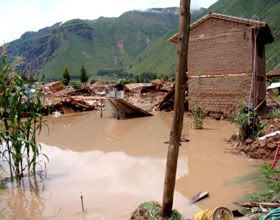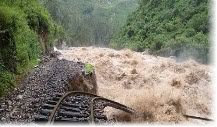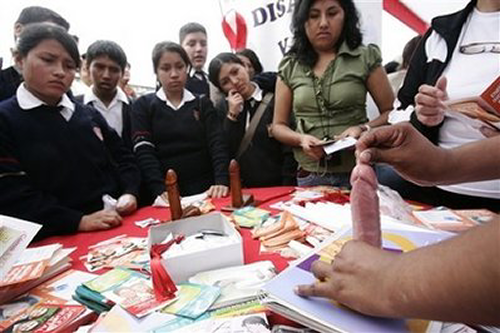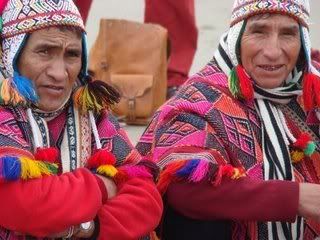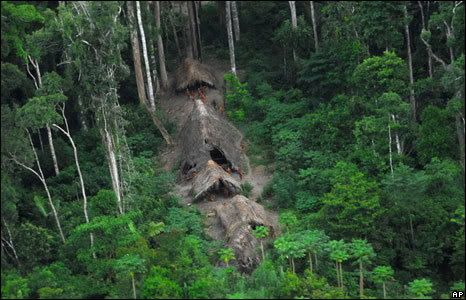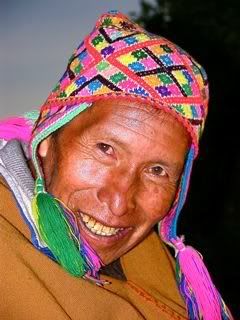
Don Mariano Quispe Flores
Pachamama, mother earth, Santa Madre Tierra, the earth, the planet is obviously in trouble. This should by now be obvious.
The Q’ero of Peru, the descendants of the Incas, live in remote villages that are above 14,000 feet above sea level. They have lived in these areas for hundreds of years. They live above the tree line. They raise llamas, alpacas, vicunas, and other similar animals, and they grow big kernal maiz (“choclo”) and hundreds of species of potatoes. And until recently they kept to themselves. They stayed away from the cities. And the Government. And, of course, they kept their understandings of Shamanism and energy medicine to themselves. They certainly didn’t tell North Americans about it. But then, relatively recently, they noticed the oddest thing, that the glaciers surrounding them were slowly melting. Slowly becoming smaller. Slowly disappearing. And the spiritual teachers in the lineage decided that Q’ero who were healers, who were powerful Shamans, who knew that it was necessary to heal mother earth and her children, would have to go down the mountain and bring out their teachings and carry them across the world.
I spent this past weekend with Q’ero Shaman Don Mariano Quispe Flores at The Abode in New Lebanon, New York, along with some three dozen other shamans. Don Mariano is 72 years old. He does not know how to write. Or to read. He speaks only Quechua (though he does say a very few words in English and Spanish). His village in Peru is about an 8 hour bus ride and then a 4 hour walk uphill from Cuzco. This trip to the United States (he stopped in California and Washington State and Colorado before journeying to the East) was his first trip to the US, though he has been to Europe. He is a very sweet, gentle, and humble man. And a powerful, traditional healer.
Because Don Mariano speaks Quechua, his translator sometimes translated first into Spanish, and then someone else translated into English. This was an incredible gift: I could hear what Don Mariano was saying three times. No, I didn’t understand the first statements in Quechua, but I could feel and hear his tone of voice, and then it was repeated in both Spanish and English, so the content was repeated. I’m not going to try to bring you all of Don Mariano’s teachings.
Instead, I bring you this very short essay to tell you something important that you probably already know only too well, just to remind you.
Pachamama, your Mother Earth, Santa Madre Tierra is in trouble and she needs our help and our caring for her. She needs us to honor her. And protect her.
This might involve traditional practices, like making offerings (“despachos“) and prayers for the healing of the earth. It also might involve ceremonies, calling in the power of the Twelve Sacred Mountains (the Apus), the six directions, prayers, and healing thoughts. These are all important. But also important, perhaps even more important is our continuing awareness of Pachamama and our actions to take care of her as she takes care of us by feeding us, by giving us water, by providing shelter.
So I have a very simple request. Please pause now, look up from your screen, go outdoors if you can, and see, if you can, the unbelievable, abundant world surrounding us, the world on which we walk. Look at Pachamama. And feel, if you can, in your heart gratitude for all Pachamama provides us. This gratitude is incredibly important. It is the beginning point to help the planet.
————————————
cross-posted from The Dream Antilles


